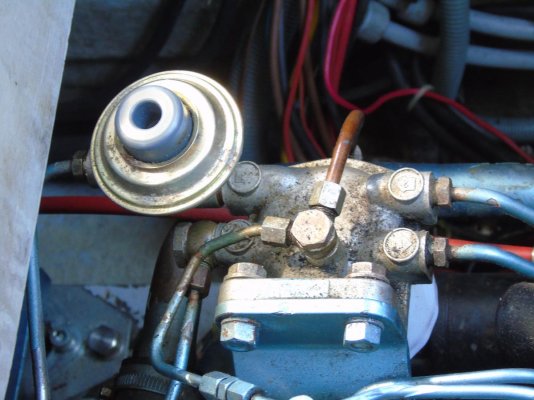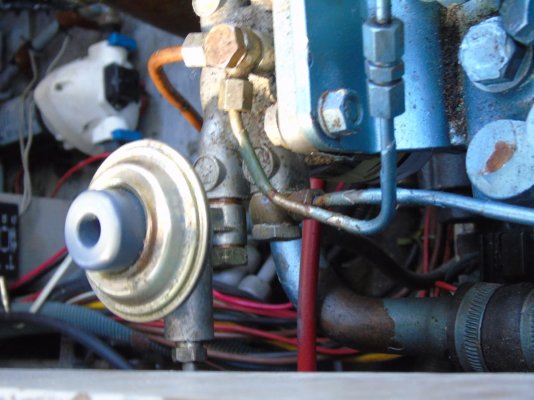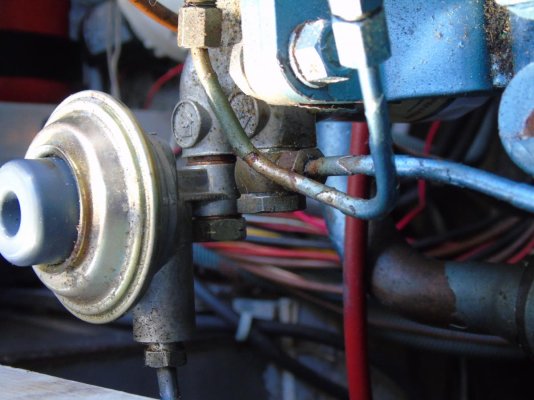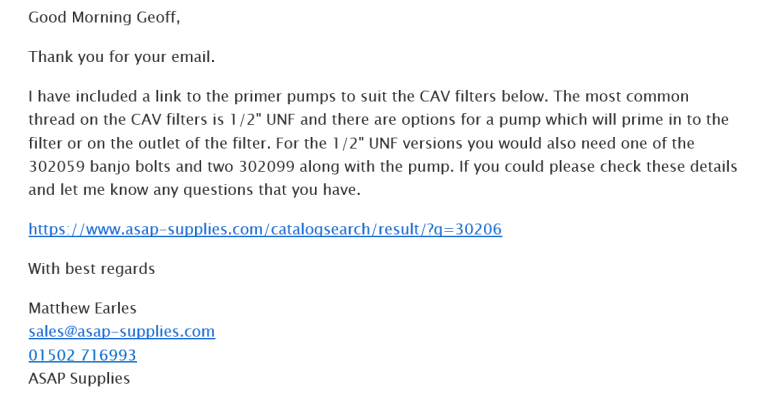Ben
Guru
- Joined
- Dec 10, 2007
- Messages
- 758
- Location
- US
- Vessel Name
- Silver Lining
- Vessel Make
- Heritage East 44 / Twin Perkins T6.3544
I saw a boat for sale with Perkins diesels. I love the boat but am nervous about Perkins. Not likely I’ll move forward on the boat due to personal timing, but want to be less leery.
Oh, and I am cheap.
What I have heard-
Ancient
No parts any more
Parts available must come from the UK ( I’m in the US)
My good boat buddy Tom on here is a mechanical whiz, but sold it. Anyone with a Perkins currently able to comment? Any idiosyncrasies? Any difficulty ordering parts in the US?
Thanks
Ben
Oh, and I am cheap.
What I have heard-
Ancient
No parts any more
Parts available must come from the UK ( I’m in the US)
My good boat buddy Tom on here is a mechanical whiz, but sold it. Anyone with a Perkins currently able to comment? Any idiosyncrasies? Any difficulty ordering parts in the US?
Thanks
Ben










